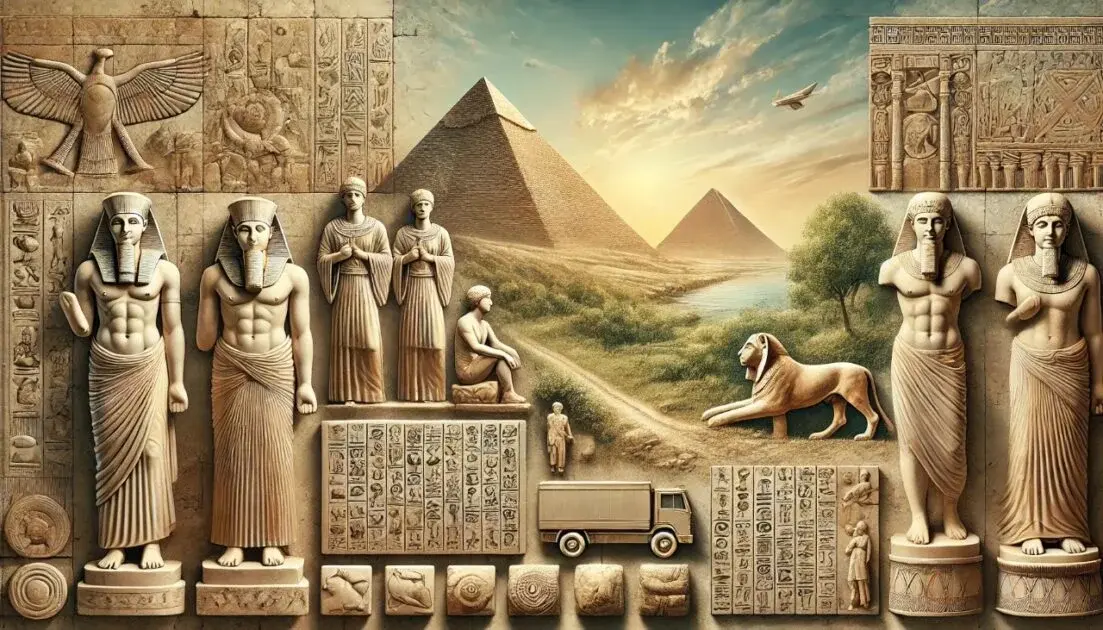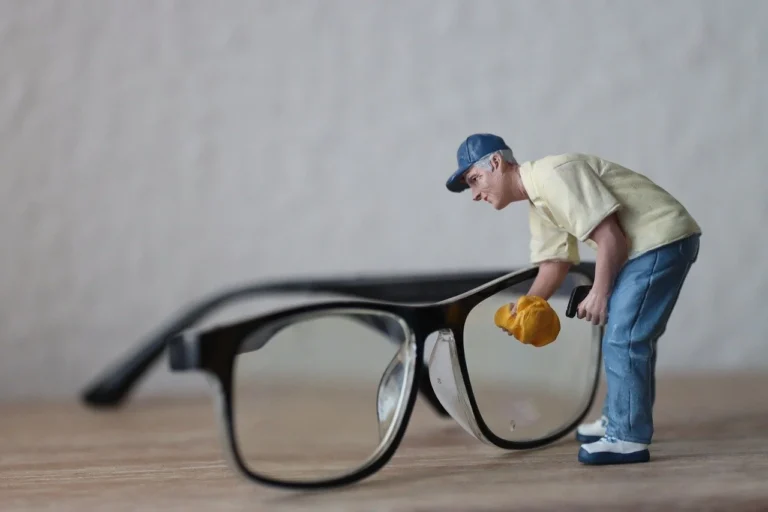Ancient Artz: Unveiling the Mysteries and a Comprehensive Exploration

Ancient Artz encompasses a wide array of artistic expressions from various ancient civilizations, each contributing unique styles and techniques that have influenced the trajectory of art history. This article aims to delve into the intricate world of Ancient Artz, exploring its historical evolution, significant cultures, influential techniques, notable artifacts, and preservation efforts. By understanding the rich tapestry of Ancient Artz, we gain insight into the cultural and historical contexts that shaped these artistic marvels.
Historical Overview
Origins and Evolution of Ancient Artz
Ancient Artz refers to the diverse range of artistic practices that emerged from ancient civilizations, each contributing to a broader understanding of art and culture. Ancient Artz originated with the earliest human societies, where art served both functional and decorative purposes. Over time, these art forms evolved, reflecting changes in societal values, technological advancements, and interactions between different cultures.
From the prehistoric cave paintings of Lascaux to the grand architectural achievements of ancient Egypt, Ancient Artz provides a window into the lives, beliefs, and skills of early civilizations. The evolution of Ancient Artz is marked by significant periods, each characterized by distinct artistic styles and techniques.
Key Historical Periods Influencing Ancient Artz
- Prehistoric Art: The earliest examples of art, including cave paintings and carvings, offer insights into the lives and beliefs of prehistoric people. These works often depicted hunting scenes, animals, and abstract symbols.
- Ancient Egyptian Art: Known for its iconic symbols and highly stylized representations, Egyptian art was deeply intertwined with religion and the afterlife. The meticulous detail in artifacts such as the pyramids and mummies reflects a complex belief system and advanced craftsmanship.
- Mesopotamian Art: In ancient Mesopotamia, art served both religious and political purposes. Artifacts like the Ishtar Gate and cylinder seals highlight the region’s artistic innovations and its role in recording historical events and religious rituals.
- Classical Art: Greek and Roman art set the foundation for Western artistic traditions. Greek sculptures celebrated human beauty and proportion, while Roman art expanded on these ideals with a focus on realism and grandeur.
- Ancient Chinese and Japanese Art: Ancient Chinese art is renowned for its intricate ceramics and silk paintings, while Japanese art developed unique forms such as Ukiyo-e prints and Noh masks. Both traditions showcase distinct techniques and aesthetic values.
Major Ancient Artz Cultures and Their Contributions
Egyptian Artz
Key Characteristics and Symbols
Egyptian art is characterized by its adherence to strict conventions and symbolism. The use of hieroglyphs, the depiction of gods and pharaohs, and the emphasis on afterlife themes are central to Egyptian art. Artistic representations were highly stylized, aiming to convey eternal truths rather than realistic portrayals.
Important Figures and Artifacts
- Tutankhamun’s Mask: This iconic artifact, discovered in the young pharaoh’s tomb, is a masterpiece of ancient Egyptian craftsmanship. The mask’s intricate gold work and inlaid jewels reflect the opulence of Egyptian funerary art.
- Pyramids of Giza: The pyramids, particularly the Great Pyramid, are among the most enduring symbols of ancient Egypt. These monumental structures were built as tombs for pharaohs and demonstrate advanced engineering and architectural skills.
Mesopotamian Artz
Artistic Styles and Contributions
Mesopotamian art includes a variety of forms, from sculpted reliefs to intricate pottery. Art from this region often served to commemorate rulers and gods, as well as to record significant events.
Notable Pieces
- Ishtar Gate: This stunning gateway to the city of Babylon is adorned with images of dragons and bulls, showcasing the artistic and engineering prowess of the Babylonians.
- Cylinder Seals: These small, carved stones were used to stamp impressions onto clay tablets, often depicting scenes of daily life, religious ceremonies, or administrative records.
Greek and Roman Artz
Influence on Western Art
Greek art laid the groundwork for Western artistic traditions, emphasizing proportion, balance, and the celebration of the human form. Roman art, while heavily influenced by Greek precedents, expanded on these ideas with a focus on realism and historical documentation.
Renowned Artworks
- Parthenon Sculptures: The sculptures from the Parthenon, including the Elgin Marbles, exemplify the Greeks’ mastery of proportion and idealized human forms.
- Colosseum: This grand amphitheater in Rome is a testament to Roman engineering and architectural innovation, capable of seating up to 50,000 spectators for public spectacles.
Chinese and Japanese Artz
Distinct Features and Historical Impact
Ancient Chinese art is known for its emphasis on harmony and balance, reflected in its ceramics, paintings, and calligraphy. Japanese art, with its focus on simplicity and nature, includes forms like Ukiyo-e prints and Noh theater masks.
Significant Works
- Terracotta Army: Discovered in the tomb of Emperor Qin Shi Huang, this vast collection of life-sized statues serves as a testament to ancient China’s artistic and military might.
- Ukiyo-e Prints: These woodblock prints, featuring landscapes, kabuki actors, and beautiful women, are a hallmark of Edo-period Japanese art and have influenced Western artists like Van Gogh.
Influences and Techniques
Common Techniques Used in Ancient Artz
Ancient Artz utilized a variety of techniques that varied by region and medium. These included fresco painting, mosaic making, and sculpture in stone and metal. The choice of materials and methods often reflected the cultural values and technological capabilities of the time.
Artistic Innovations
- Frescoes: Used extensively in Roman and Minoan art, frescoes involved painting directly onto wet plaster, creating durable and vibrant wall decorations.
- Mosaics: Composed of small pieces of glass or stone, mosaics were used in both Greek and Roman art to create intricate patterns and images on floors and walls.
Notable Artistic Innovations
- Perspective: The Greeks developed early forms of perspective, influencing the depiction of space and depth in art.
- Realism: Roman art advanced the realistic portrayal of individuals, capturing detailed features and expressions in sculptures and portraits.
Notable Ancient Artz Artifacts and Discoveries
Significant Discoveries
- Rosetta Stone: This inscribed stone was key to deciphering Egyptian hieroglyphs, unlocking vast amounts of information about ancient Egyptian language and culture.
- Dead Sea Scrolls: These ancient manuscripts provide crucial insights into early Jewish texts and practices, shedding light on the religious and cultural milieu of the time.
Current Locations of Major Artifacts
- British Museum: Home to the Rosetta Stone and many Greek and Egyptian artifacts.
- Louvre Museum: Houses the Mona Lisa and numerous other significant works, including artifacts from ancient civilizations.
Impact on Historical Understanding
These discoveries have greatly enhanced our understanding of ancient civilizations, providing context for their art, culture, and daily life. They continue to inspire research and scholarship in the field of art history.
Preservation and Legacy
Methods of Preserving Ancient Artz
Preserving ancient art requires specialized techniques to prevent deterioration due to environmental factors, handling, and age. This includes climate-controlled storage, conservation treatments, and careful documentation.
Challenges in Conservation
- Environmental Degradation: Exposure to light, humidity, and pollutants can damage artworks, requiring ongoing monitoring and care.
- Human Impact: Vandalism, theft, and neglect pose significant threats to the preservation of ancient art.
Legacy and Continuing Influence
The legacy of Ancient Artz endures through its influence on modern art and culture. Its principles of balance, proportion, and symbolism continue to inspire artists and designers across various media.
Read Also: Yeses on a Marine Voyage: Understanding the Phrases
Conclusion
Ancient Artz represents a rich tapestry of human creativity and expression, spanning multiple cultures and epochs. By examining the historical context, major cultures, influential techniques, and preservation efforts, we gain a deeper appreciation for the artistry and craftsmanship of ancient civilizations. Continued study and conservation are essential to preserving this invaluable heritage for future generations.
FAQs
1. What is Ancient Artz?
Ancient Artz refers to the diverse range of artistic practices from ancient civilizations, including painting, sculpture, and architecture. It encompasses art from cultures such as Egypt, Mesopotamia, Greece, Rome, China, and Japan.
2. Why is Ancient Artz important?
Ancient Artz provides insights into the cultural, religious, and societal values of early civilizations. It helps us understand their technological advancements, artistic techniques, and historical developments.
3. What are some famous examples of Ancient Artz?
Famous examples include Tutankhamun’s mask from Egypt, the Ishtar Gate from Mesopotamia, the Parthenon sculptures from Greece, and the Terracotta Army from China.
4. How are ancient artworks preserve?
Ancient artworks are preserve through climate-controlled environments, conservation treatments, and careful handling. Museums and conservationists work to protect these artifacts from environmental damage and deterioration.
5. How has Ancient Artz influenced modern art?
Ancient Artz has influenced modern art through its principles of proportion, balance, and symbolism. Techniques such as fresco painting and mosaic making have been adapt and incorporated into contemporary artistic practices.






